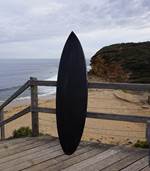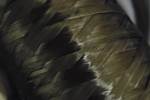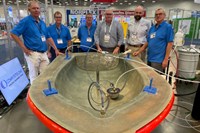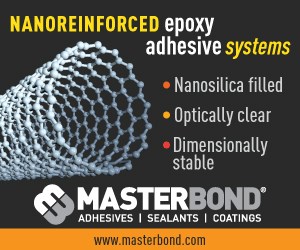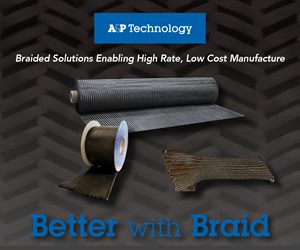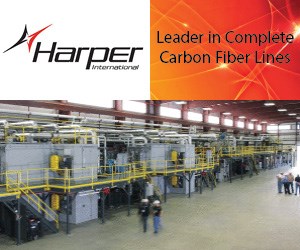Whitewater Technology debuts high-performance, recycled carbon fiber paddle range
Paddles consist of high-impact, non-woven composite that combines 40% recycled carbon fiber with a thermoplastic resin system and an aramid puncture-resistant layer for identical weight, strength and stiffness properties to non-recycled products.
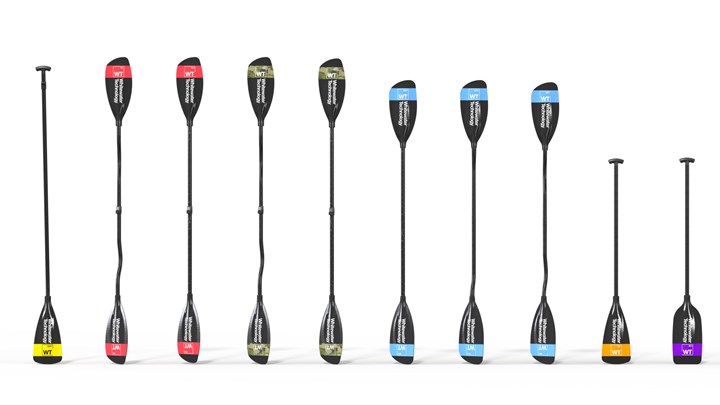
Photo Credit: Whitewater Technology
Whitewater Technology (WT, Greenville, S.C., U.S.), part of the C12 Technology Group, launched in late October it’s debut paddle range featuring high-performance paddles made with 100% recycled carbon fiber.
The range, which features paddles for all disciplines, was designed by leading advanced materials engineer and whitewater kayaker Ollie Wainwright. Using his composites background in the motorsports industry, WT’s first paddles are the result of two years of intensive R&D into the use of recycled carbon fiber in high-performance outdoor and sporting goods.
“As both a serious paddler and materials engineer I had grown frustrated with the lack of a sustainable high-performance paddle option. We’re out there in nature every weekend using a product that ultimately ends up in landfill... so a few years ago we set out to try and change this,” says Wainwright. He acknowledges that he’s pleased with the results and what the WT has been able to accomplish with the sustainable composites’ design.
WT’s paddles reportedly use a custom-made, high-impact, non-woven composite that combines 40% recycled carbon fiber with a thermoplastic resin system and an aramid puncture-resistant layer. The result is a high-performance paddle with identical weight, strength and stiffness properties to a non-recycled product.
Available initially as a pre-order via the WT website in addition to specialty retailers, the range includes paddles for whitewater, touring, fishing, SUP, rafting and canoe with a variety of adjustable length and shaped shafts.
Pre-sale pricing starts at $240 including free shipping, five-year warranty and crash replacement.
Related Content
-
Sulapac introduces Sulapac Flow 1.7 to replace PLA, ABS and PP in FDM, FGF
Available as filament and granules for extrusion, new wood composite matches properties yet is compostable, eliminates microplastics and reduces carbon footprint.
-
Plant tour: Joby Aviation, Marina, Calif., U.S.
As the advanced air mobility market begins to take shape, market leader Joby Aviation works to industrialize composites manufacturing for its first-generation, composites-intensive, all-electric air taxi.
-
Materials & Processes: Composites fibers and resins
Compared to legacy materials like steel, aluminum, iron and titanium, composites are still coming of age, and only just now are being better understood by design and manufacturing engineers. However, composites’ physical properties — combined with unbeatable light weight — make them undeniably attractive.


